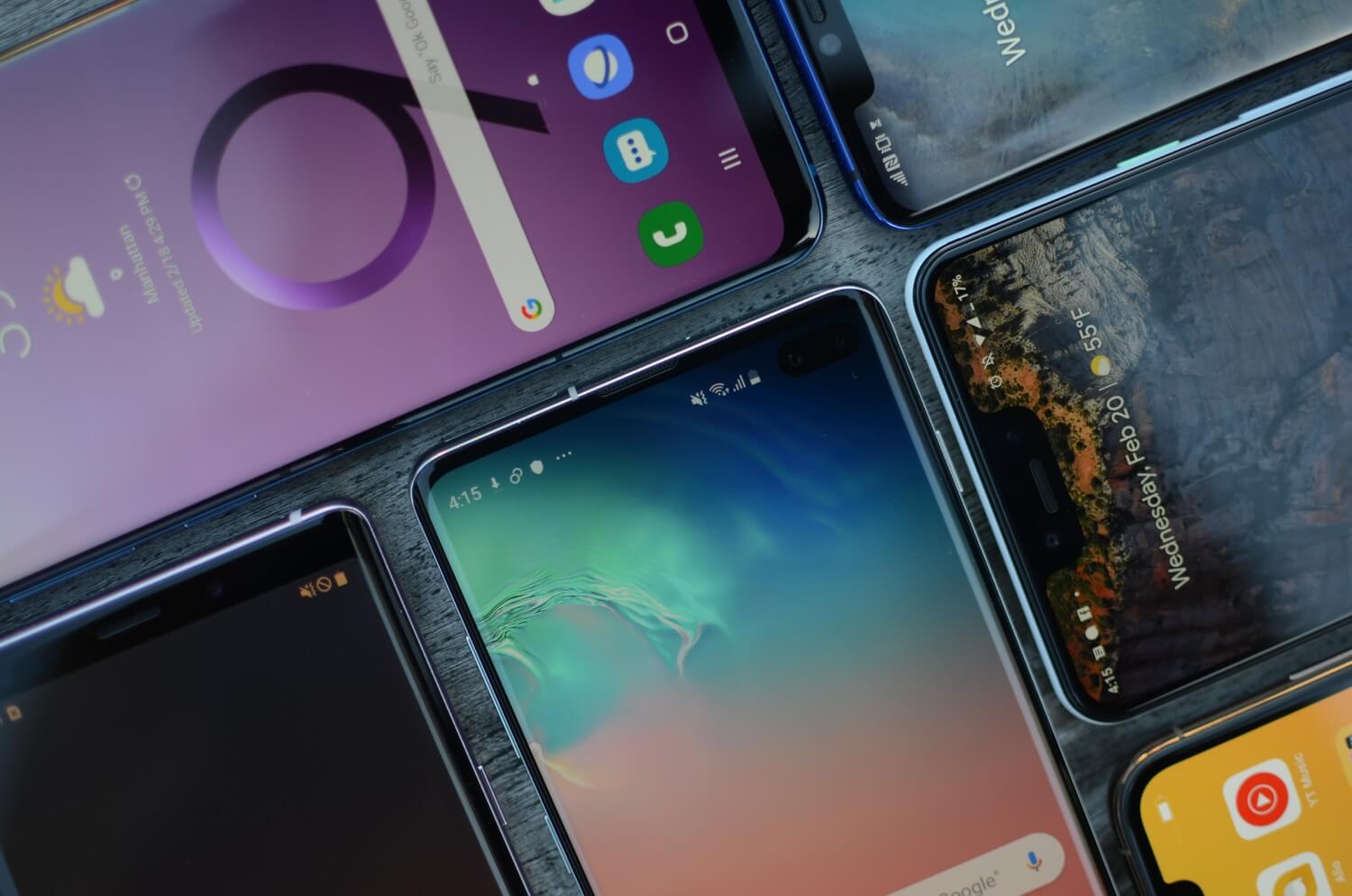The big picture: The top five smartphone vendors in terms of global shipment volume have remained the same throughout the third quarter of 2019. Apple is registering a noticeable but not unexpected decline in sales, as people are looking for value-oriented options and possibly holding out for 5G-ready iPhones that are expected to kickstart the next smartphone "supercycle" in 2020.
By now, it's no longer a secret that global smartphone demand has plateaued. However, market researchers seem to disagree on the specifics. Gartner says the smartphone market contracted by 0.4 percent in the third quarter of this year, while IDC thinks it actually grew by almost one percent year-over-year.
The usual markers of saturation were observed by all analysts, such as a shift away from owning the cheapest model and more towards flagships and mid-range, value-oriented phones. That means the biggest beneficiaries have been companies like Samsung and the ring of Chinese giants that includes Huawei, Xiaomi, Vivo, and Oppo.
Samsung still holds the top spot with 79 million smartphones shipped, meaning it grew its market share by around 8 percent. Huawei's position surged by 27 percent, while the other Chinese companies only managed to keep their place on the top five global brands.
The interesting thing to note here is that Huawei managed to grow its sales numbers despite being stuck between the US-China trade war and the realities of a mature smartphone market that's anxiously waiting for the next "supercycle." But just like Xiaomi and Oppo, it rides on a wave of nationalist sentiment in China, and it's difficult to predict how a full US trade ban would affect its future performance.
According to Gartner, Apple saw a decline in sales of almost 12 percent. It's possible that situation may reverse over the holiday season, especially as the lower price of the iPhone 11 has already proven quite appealing for over 10 million Chinese consumers, according to official data from the Chinese Academy of Information and Communications Technology.
IDC thinks the decline is a less-worrying 0.6 percent year-over-year, and has a different theory for it. The analysts say Apple sold many refurbished and older iPhone models through its own channels which only helps the company maintain its customer base. On a more positive note, IDC says Apple gained market share in the US and the EU with iPhone XR and iPhone 11.
In any case, Apple has reportedly told suppliers that it expects to sell around 100 million iPhone 12s, which might be the first generation to include a 5G modem. And this is very much in line with Qualcomm's estimates that global shipments of 5G-ready smartphones will reach 450 million units by 2021.

